When Mark and I arrive in a new city, we usually take a walking tour with a local guide. Here is a description of one such tour we did in Casablanca. In Rabat, Morocco’s small, compact capital, however, we followed a self-guided route. This 11,000-step, 8.5 kilometre, walk took in all of the city’s main sites and proved to be the perfect way to cover the best things to do in Rabat.
In this article
Introduction to Rabat
When most people think of the main cities in Morocco, they bring to mind Marrakech, Casablanca, Fez, Tangier, or, even, Agadir. Despite being the country’s capital, Rabat rarely makes the list! It’s true that it doesn’t have the major tourist attractions of the more famous names, but Rabat is certainly worth a visit, even if for just half a day.
It was the French who moved Morocco’s capital from the traditional chaotic choices of Fez and Marrakech. They shifted power to coastal Rabat in 1912. It was a strategic decision as they could control supply and defence more easily from there. The city has remained the seat of government and the official home of Morocco’s royal family ever since.
Rabat’s clean, well-maintained, palm-lined, largely traffic-free boulevards are a pleasure to walk around, especially if, like us, you have just arrived from the madness of Casablanca! The evocative kasbah and attractive walled medina are worth a look and there is a beach if you want to simply chill for a few hours.
Self-Guided Walking Tour
Starting Point
Begin at the Rabat Ville train station in the centre of Rabat’s ville nouvelle (new town). If like us, you are just visiting Rabat for the day as part of a tour of Morocco, it’s possible to leave your luggage in one of the nearby cafés while you go off on your walk. There’s no charge for this service, although they do expect you to buy at least a drink if not lunch!
We arrived by train from Casablanca in the morning and left for Meknes in the evening. In between, we left our bags at Le Petit Beur where we enjoyed a delicious lunch of salad and brochettes.
Ville Nouvelle
From the station, head down Avenue Mohammed V. Notice the French art deco style architecture on both sides of the road. This is particularly striking in the post office building on the junction with Rue Soékarno.
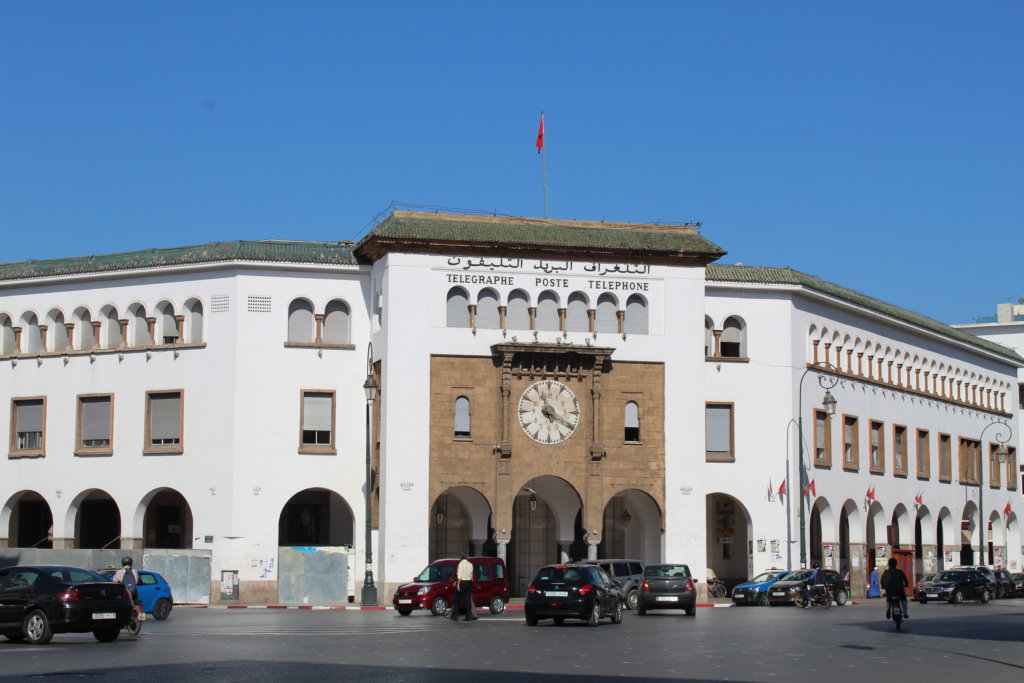
This is also the area where you will find the city’s museums. The recently-opened Museum of Modern and Contemporary Art and the newly-renovated Archeology Museum are both worth a visit if you have time.
Rabat Medina
The route will take you through the medina. Exploring the streets here is one of the best things to do in Rabat.
When the French arrived in Rabat in the early twentieth century, this walled medina by the sea was the full extent of the city. It was built in the 17th century on a grid design making it fairly easy to navigate. The medina is busy with local shoppers every day and is far less touristy than those in other Moroccan cities. For me, this makes it more appealing. There are photo opportunities around every corner, particularly for those of us with a penchant for an attractive door or window!!
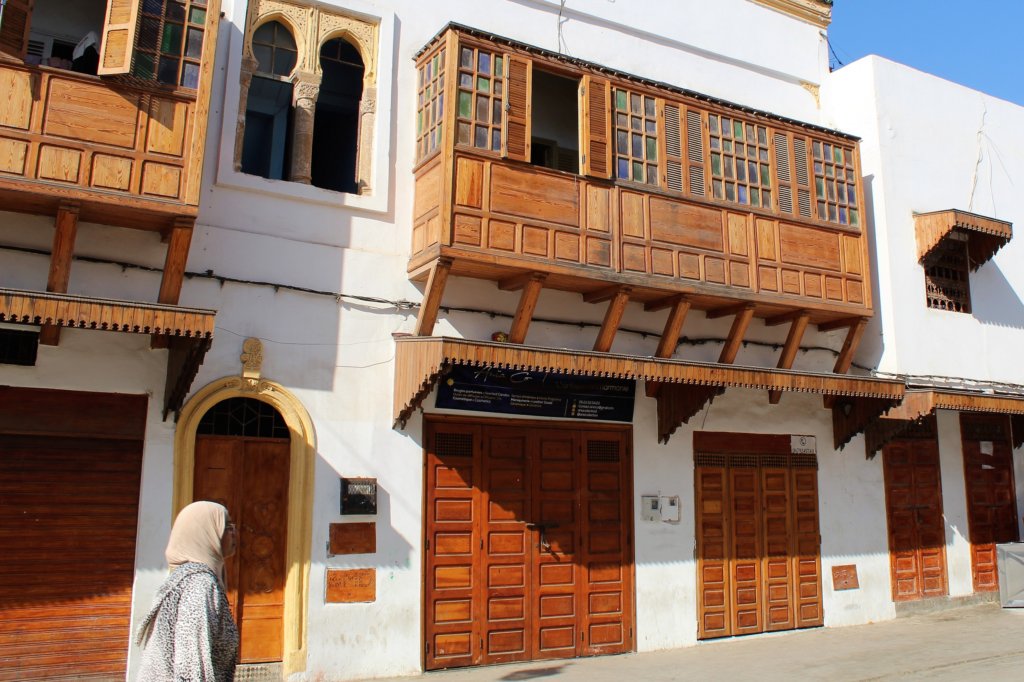
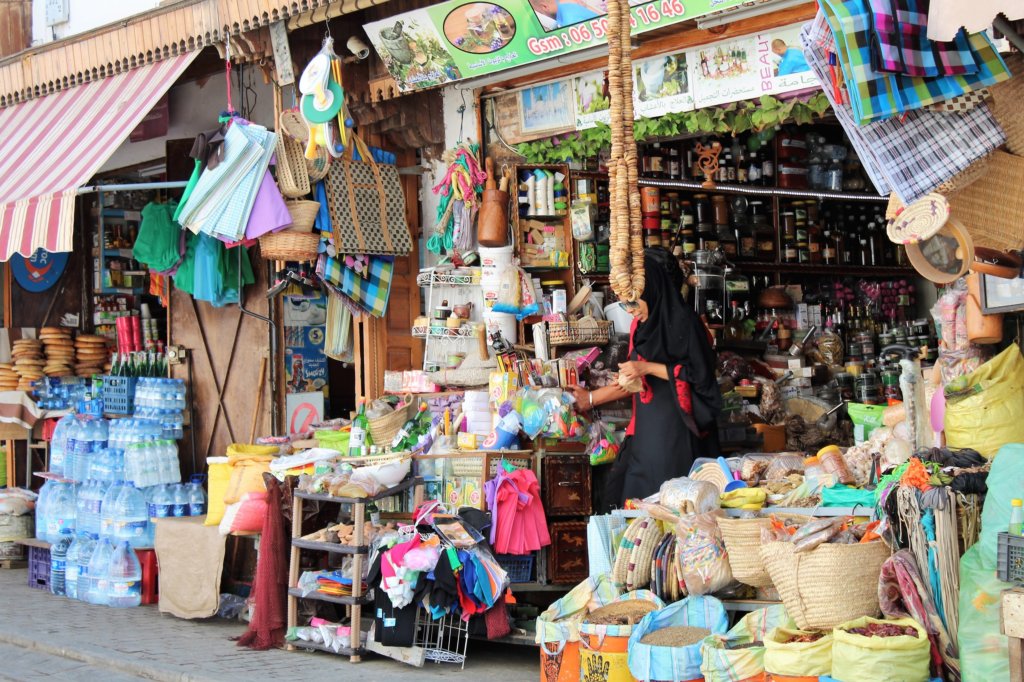
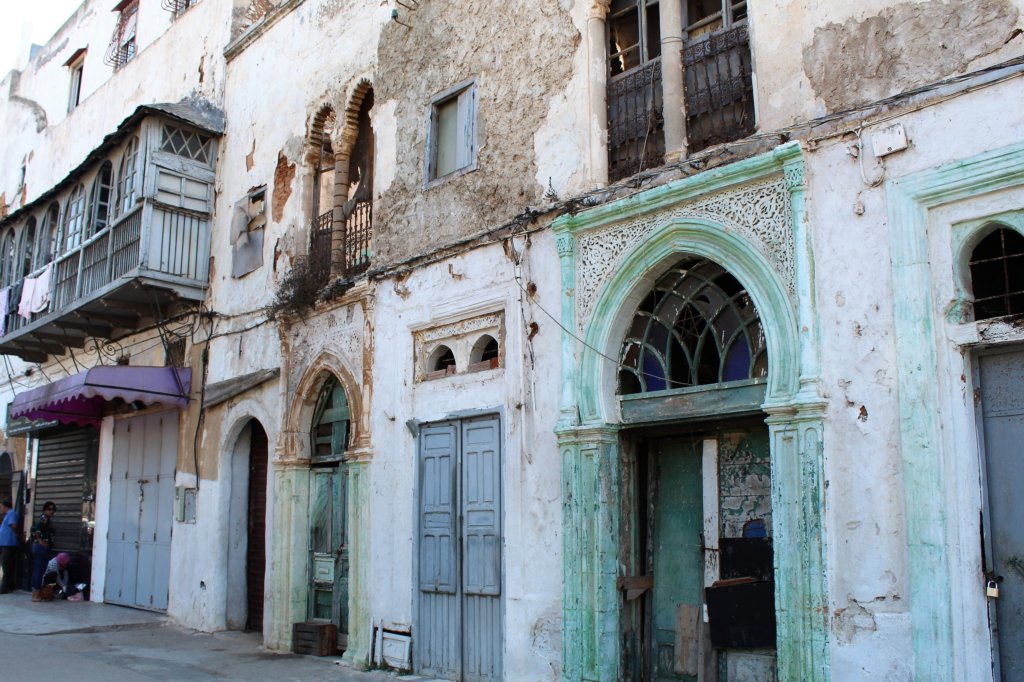
The Seafront
Emerge from the medina and make your way to the seafront. Apart from the beaches, huge cemeteries overlook the Atlantic Ocean on both sides of the river estuary. All of the graves are oriented to face Mecca. Apparently, there is no significance, religious or otherwise, to the fact that the graveyards are by the ocean. It merely stems from the fact that originally cemeteries were always sited away from cities and built-up areas.
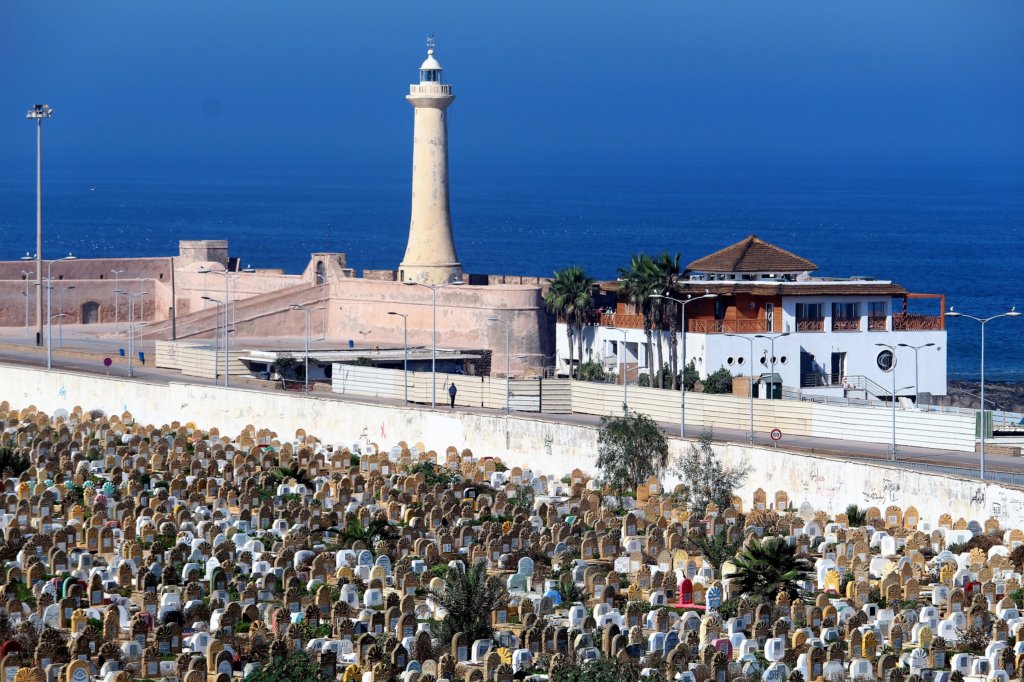
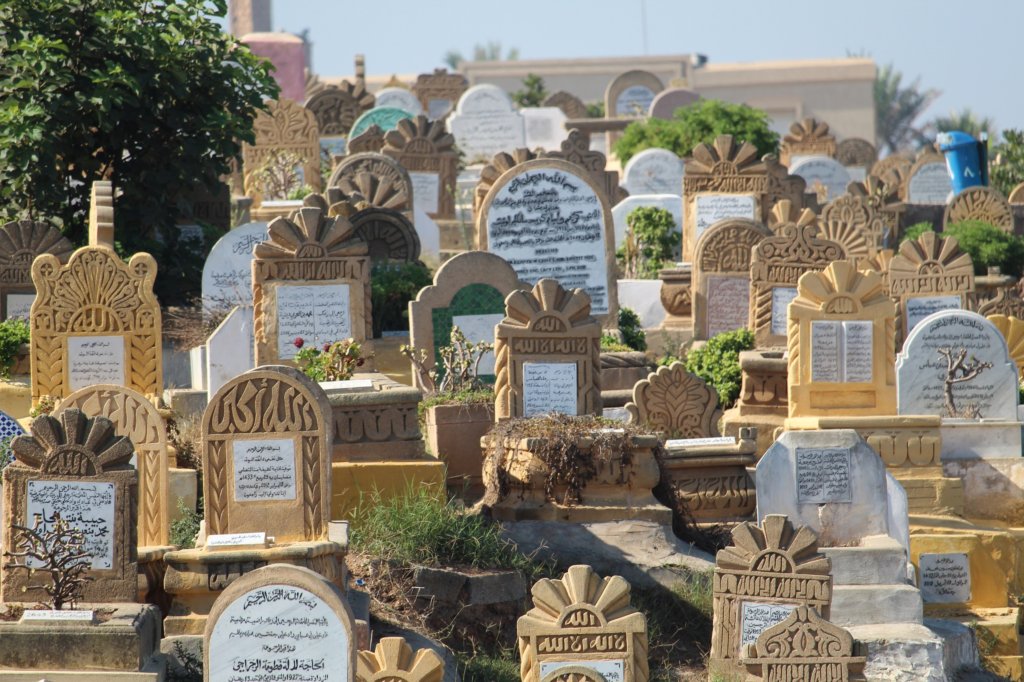
Follow the road to the Fort de la Calette Lighthouse and then turn right towards the kasbah.
Kasbah les Oudaias
Don’t miss a visit to the kasbah, one of the most interesting things to do in Rabat. Enter through the enormous Bab Oudaia gate which was built in 1195. The gate is elaborately decorated with a series of carved arches. Sometimes it is locked and visitors are steered through a much smaller entrance to the kasbah. If this is the case, it’s still worth going to have a look at the larger gate.
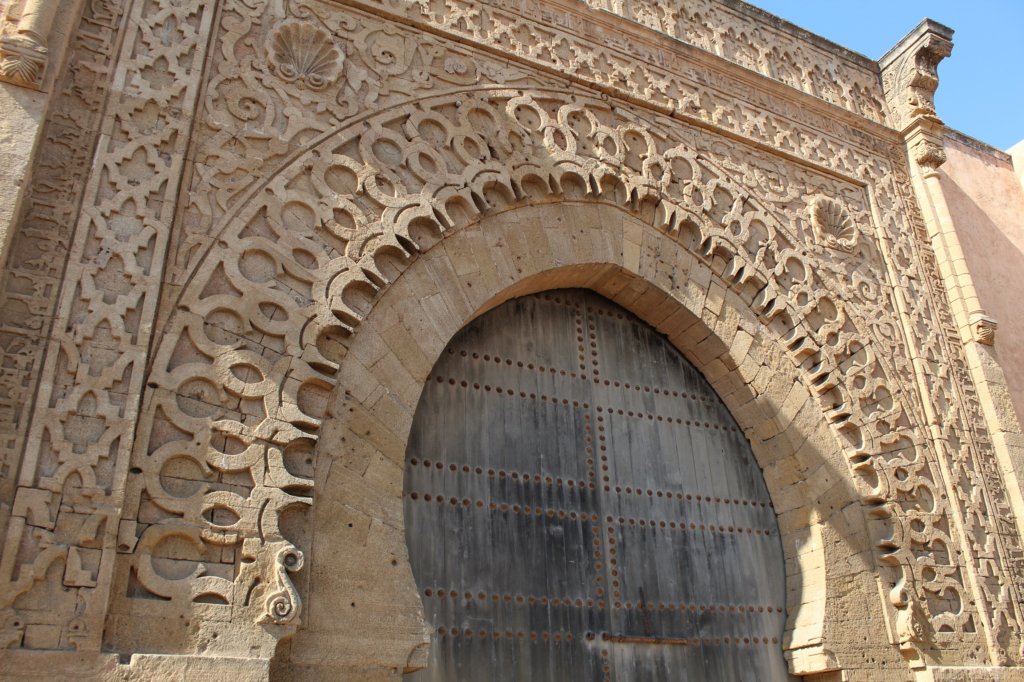
Once inside the kasbah, you will be struck by the blue and white painted shops and houses, reminiscent of Chefchaouen but on a much smaller scale! Rue Jamaa runs straight through the kasbah to the Plateforme du Sémaphore, a large open area with great views of the beaches and ocean. As you walk, take notice of Mosque el-Atiqa, the oldest mosque in Rabat. It dates from the 10th century. It was last restored in the 1700s with money donated by an English pirate known as Ahmed el Inlisi.
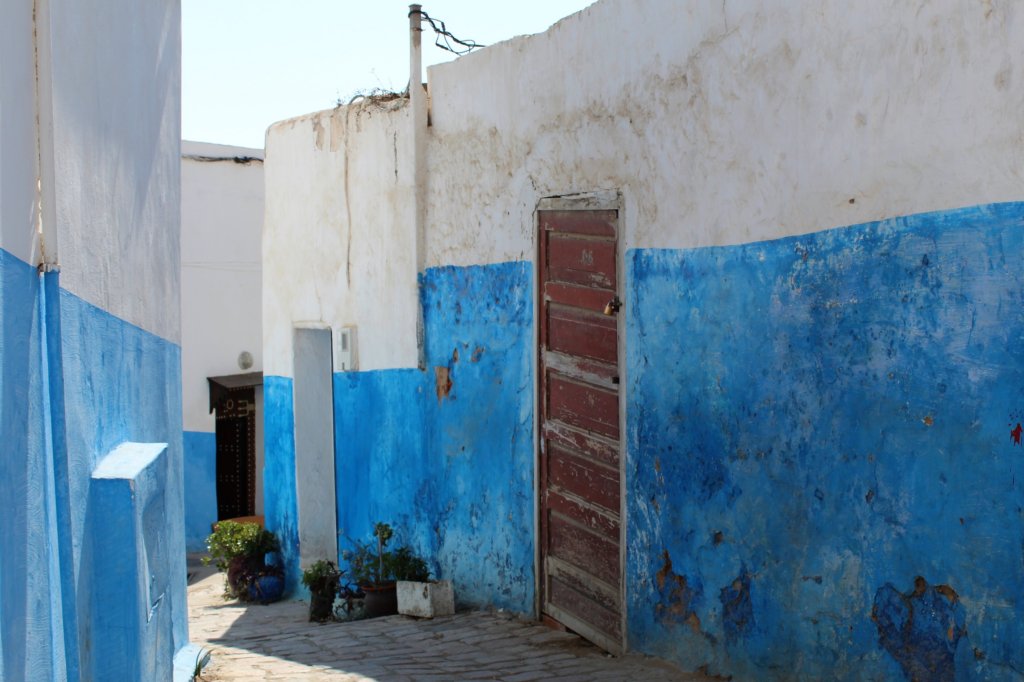
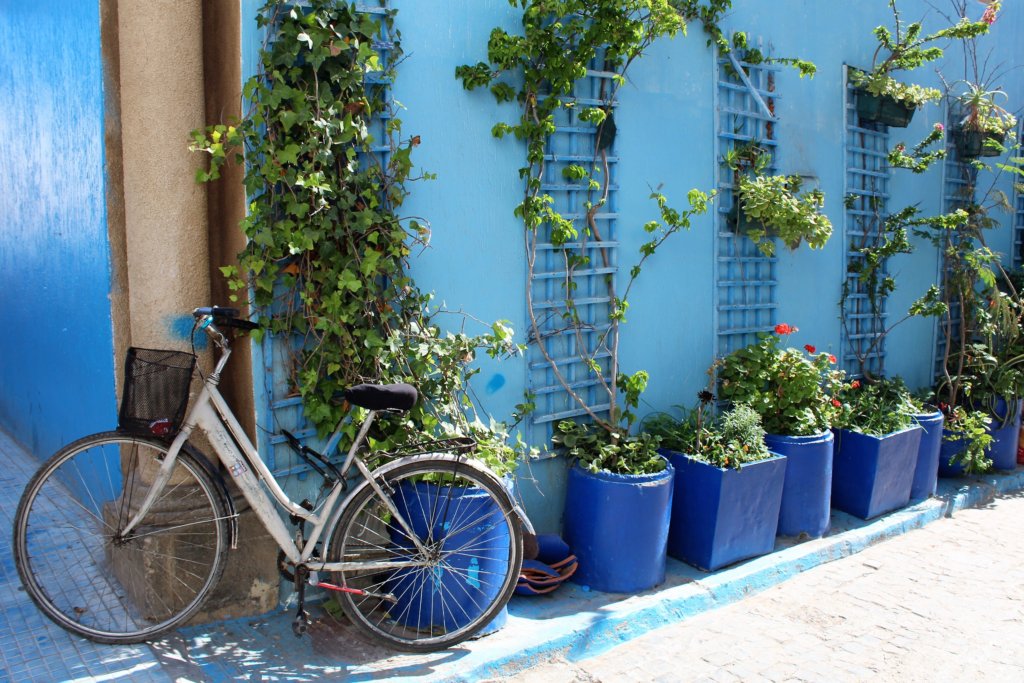
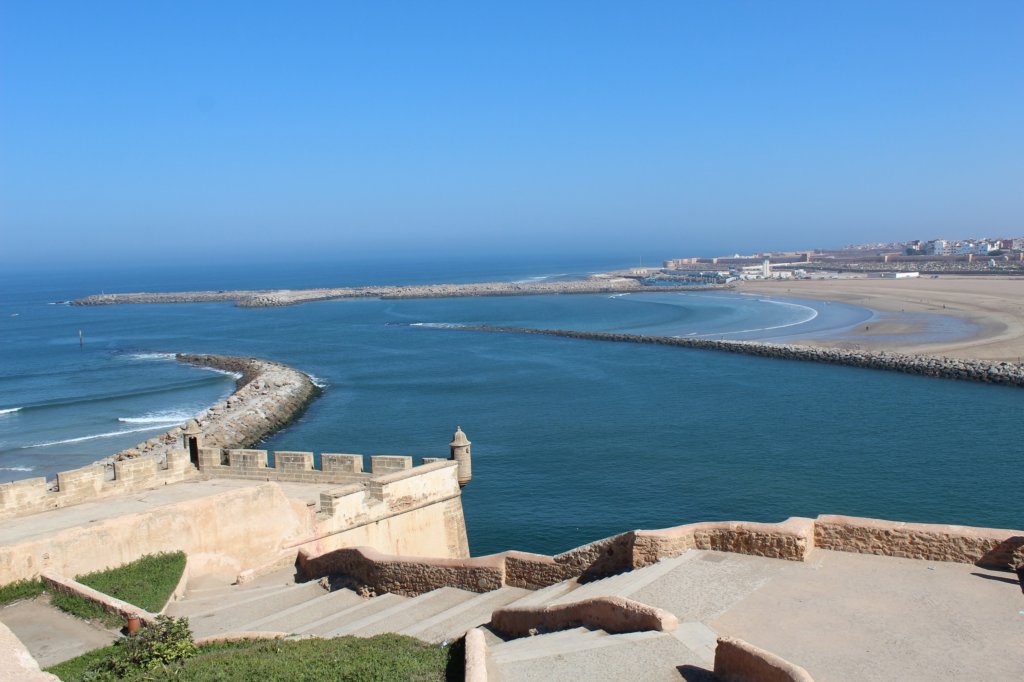
Andalusian Gardens
Retrace your steps and exit the kasbah the same way you entered. Turn left and make your way down Boulevard Tariq al-Marsa towards the river. On the way, call in at the attractive Andalusian Gardens. These are open every day from sunrise to sunset and are free to visit. The gardens are a popular relaxation and meeting point for locals and provide a welcome oasis of calm and shade away from the heat of the city.
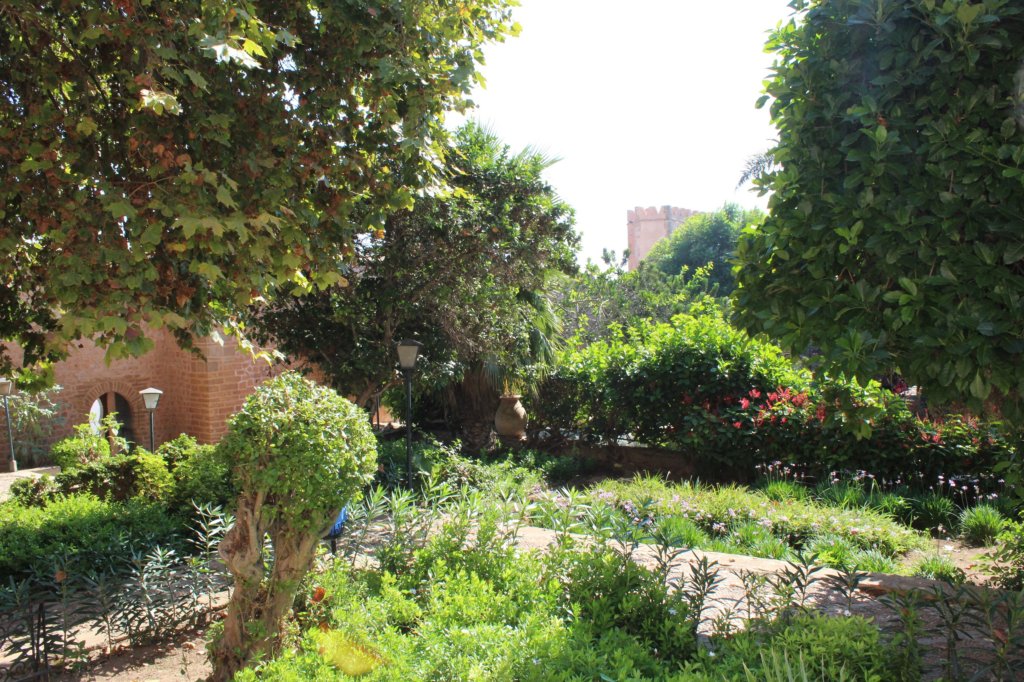
Chellah
When you reach the Bou Regreg river, you will see the crenellated walls of the chellah. This historic sloping site was first settled by the Phoenicians before the Romans took control in about AD40. There are some scattered stones dating from then, but they give little idea about what the Roman city looked like.
The site was abandoned in 1154 and remained deserted until the 14th century when a necropolis was built on top of the Roman remains. The walls you see today date from this time.
If you pay a small entrance fee (Dh10 for adults and Dh3 for children under 12), you can go in to look at the scant Roman artefacts and the remains of the Islamic complex, including an elegant stone and tile minaret which is all that remains of a once-impressive mosque. Behind the mosque is the ruined tomb of Sultan Abu al-Hasan and his wife as well as the final resting places of several saints. You can also see the remains of a small medersa and an ornamental pool.
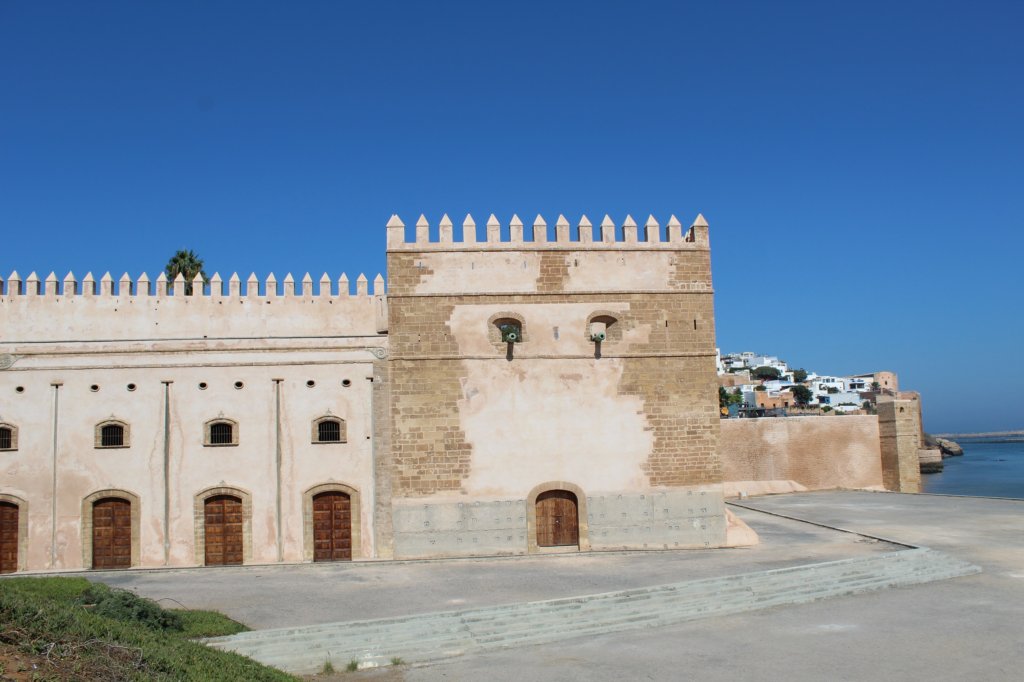
Le Tour Hassan
Continue along the river and watch the fishermen mending their nets before turning inland and heading to Place 16 Novembre. This square commemorates the date in 1955 when King Mohammed V returned to Morocco from his exile in France and Madagascar.
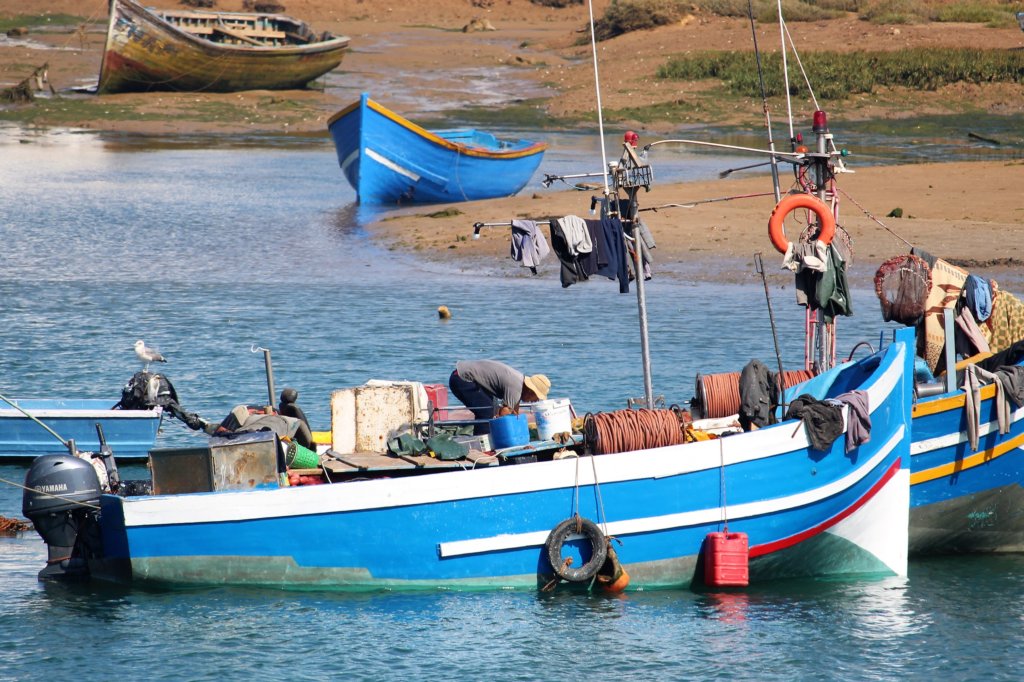
From there, follow the signs to Le Tour Hassan. This 44-metre tall tower overlooking the Bou Regreg estuary is Rabat’s most prominent landmark. It was built as part of an ambitious plan to construct the world’s second-largest mosque. Unfortunately, its patron, Yacoub al-Mansour, died before the building was finished. What had been completed was destroyed by an earthquake in 1755. The tower is all that remains.
Today, it is surrounded by well-kept shady gardens, the perfect place for a rest stop at this stage of the walk!
Mausoleum of Mohammed V
The mausoleum which houses the remains of the present king’s father and grandfather is the main tourist attraction in Rabat. It’s a short walk from Le Tour Hassan, but the entrance gate is not easy to find. Its located on Boulevard Mohammed Lyazidi. If you can’t find it, do what we did and ask a local for directions!
The mausoleum is free to enter, but make sure you behave respectfully and are dressed appropriately. Mounted soldiers in elaborate uniforms guard the entrance to the site. It’s OK to take their photo, but, just as with the busby-wearing guards in London, don’t expect them to smile for you!
The site is filled with striking pillars and obelisks. The tombs themselves are found inside an elaborate marble mausoleum which is richly decorated with patterned tiles and carved plaster. The cedar roof is covered in gold leaf. Visitors are directed around a raised gallery from where you can look down on the caskets below.
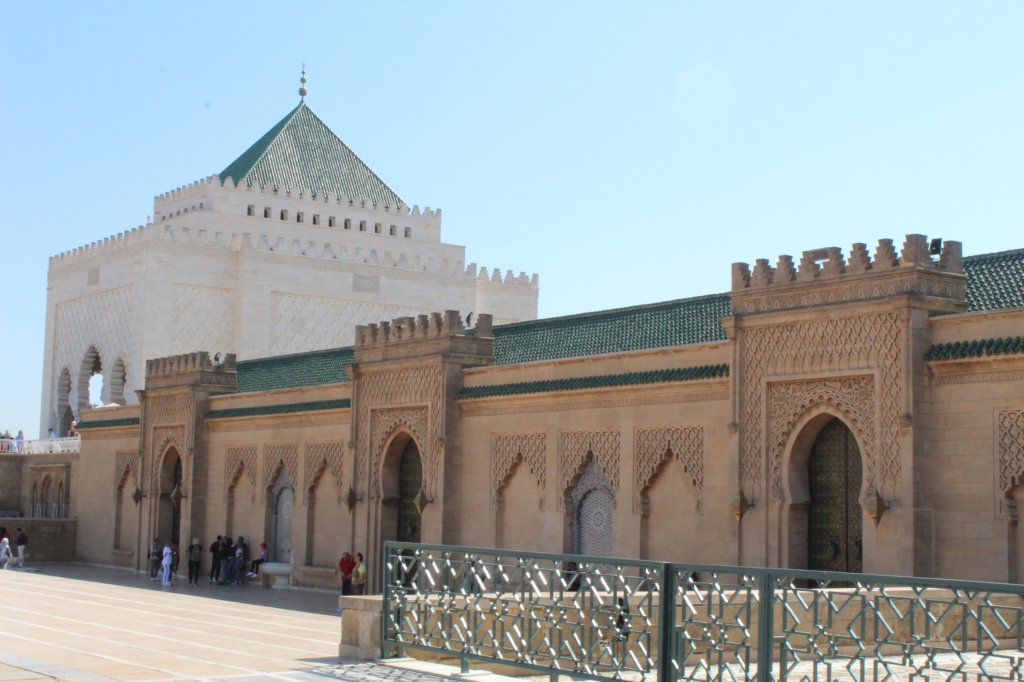
Back to the Beginning
From the mausoleum, follow the tram route along Rue al Forat back to Rabat Ville train station, passing St. Pierre Cathedral on the way.
Book a Cooking Class in Rabat
If you have longer in Morocco’s capital city, why not book a cooking class or food tour with our trusted partners, Viator?
READ MY COMPLETE MOROCCO TRAVEL GUIDE
Further Reading About Morocco
Check out my Morocco colouring books!
Unlike most colouring books on the market, mine, suitable for both adults and older children, are full of line images created from photos I have taken on my travels. This means that they are highly detailed. They are not line drawings where you can colour between every line. The pictures invite you to be creative. Apply a colour wash with watercolour. Use coloured pencils to create texture. Blend colours together. Add detail with a fine ink pen. The choice is yours! Create your own work of art! When you’re happy, remove it from the book. Stick it on the fridge as a reminder of a place you’ve already been to or somewhere that’s on your bucket list. You could even get it framed. Display it on the wall for people to admire.
Here is a selection of my Morocco titles:
If you like what you’ve read, PIN IT!!
Disclosure: This post contains affiliate links. If you click through for more information, or to make a purchase, it may result in a small commission coming my way. Please note that there is no extra cost to you associated with this. Thank you so much for supporting my site.
Join our mailing list

Sign up to receive our monthly newsletter. Keep up with what we're doing and be the first to receive special offers and insider tips.

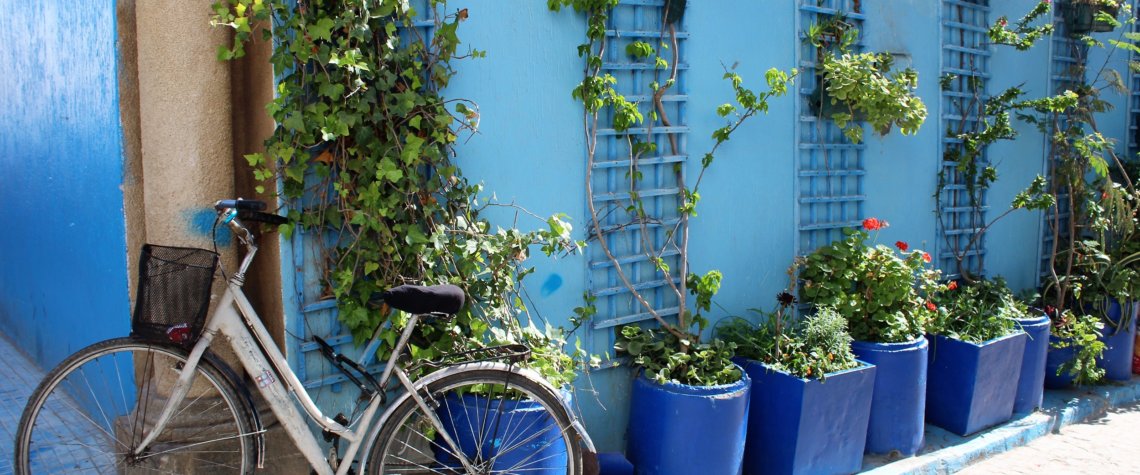
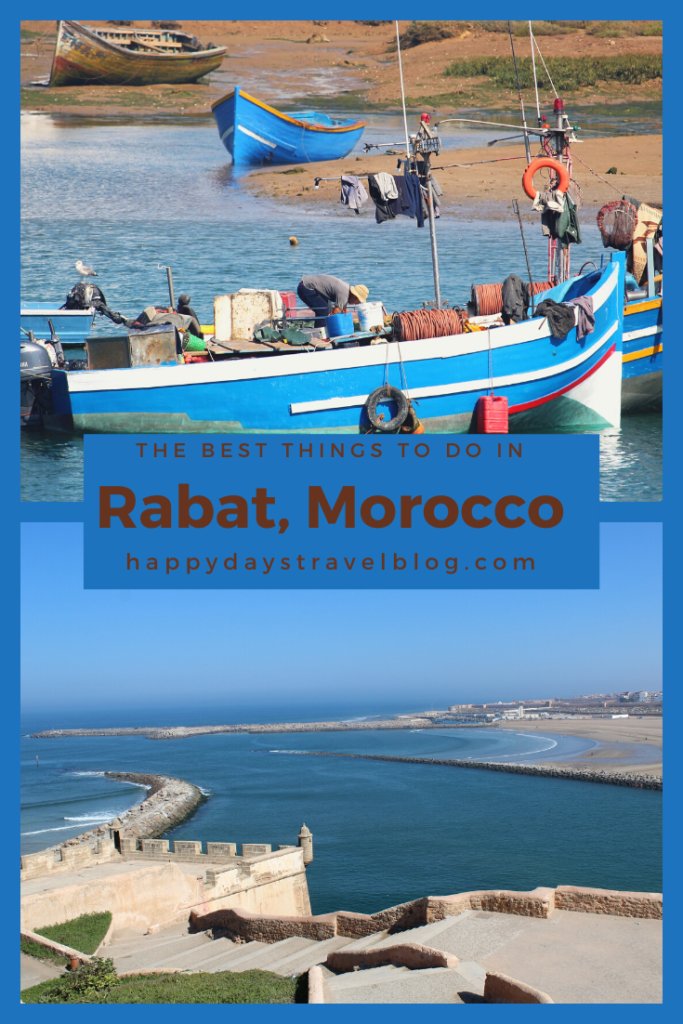
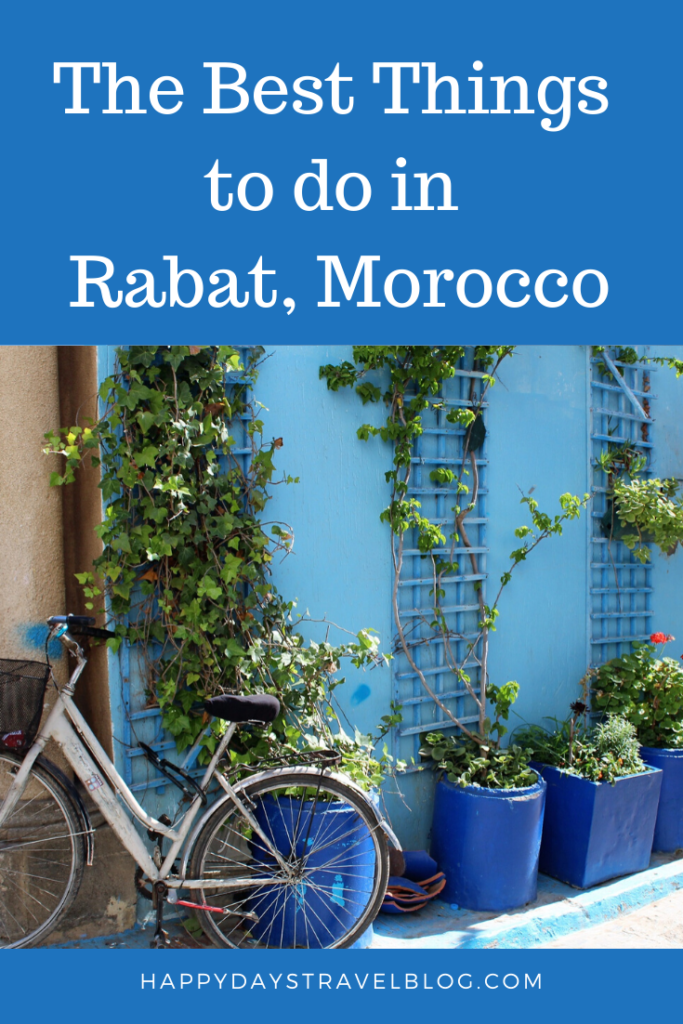
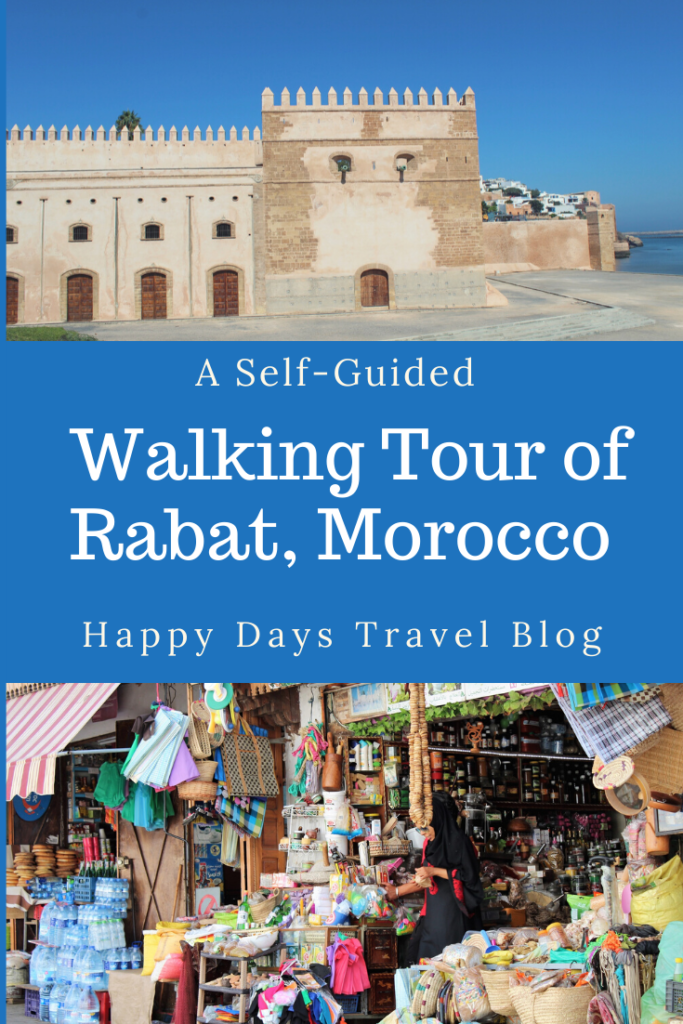
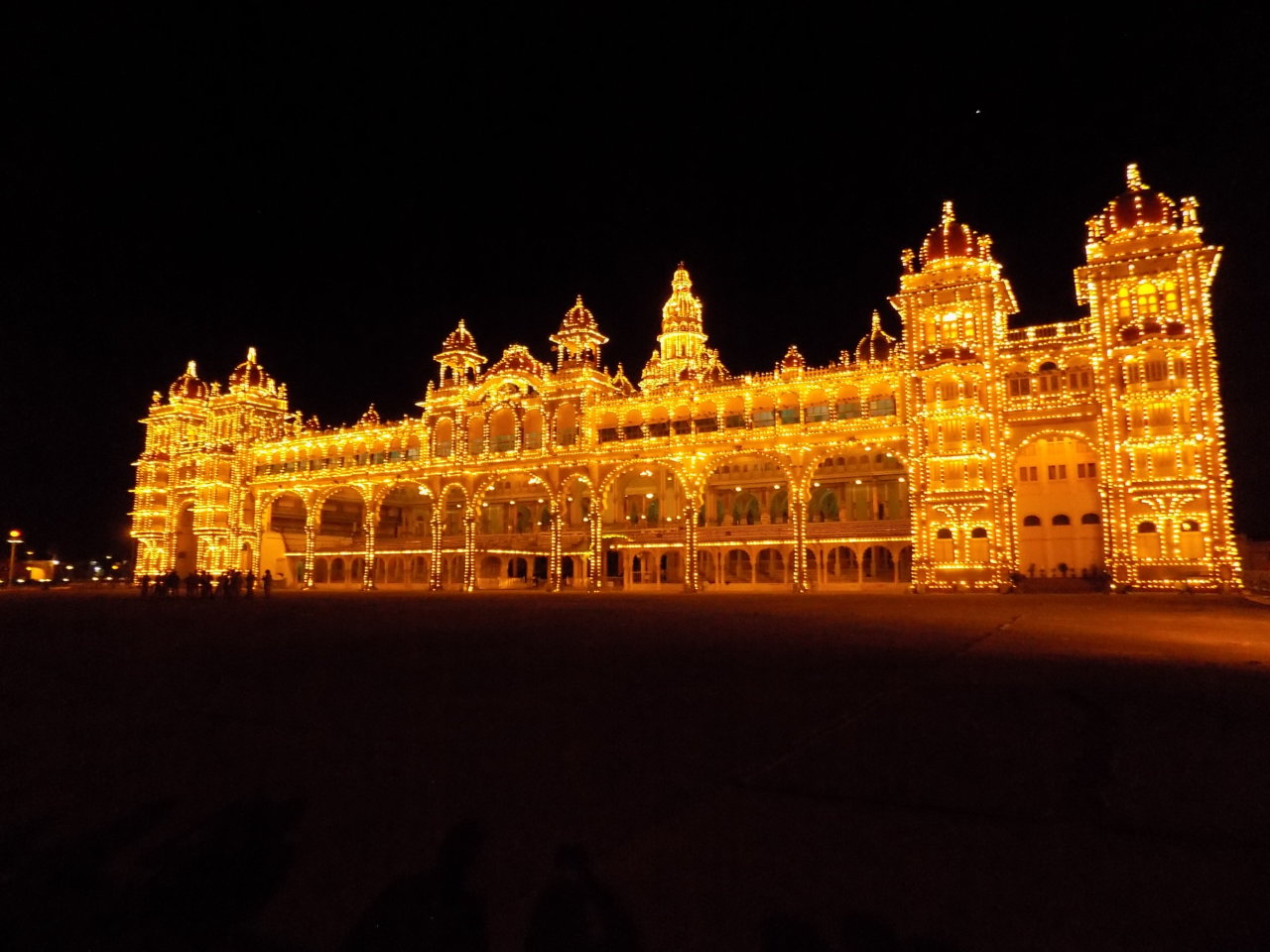
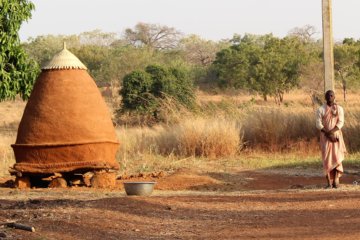
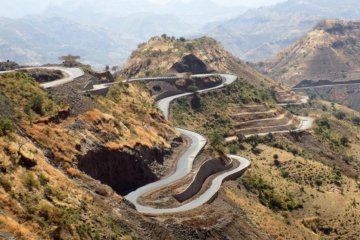
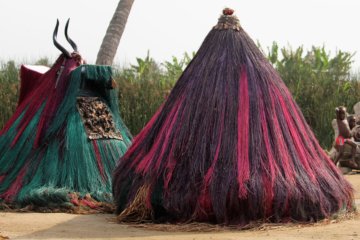
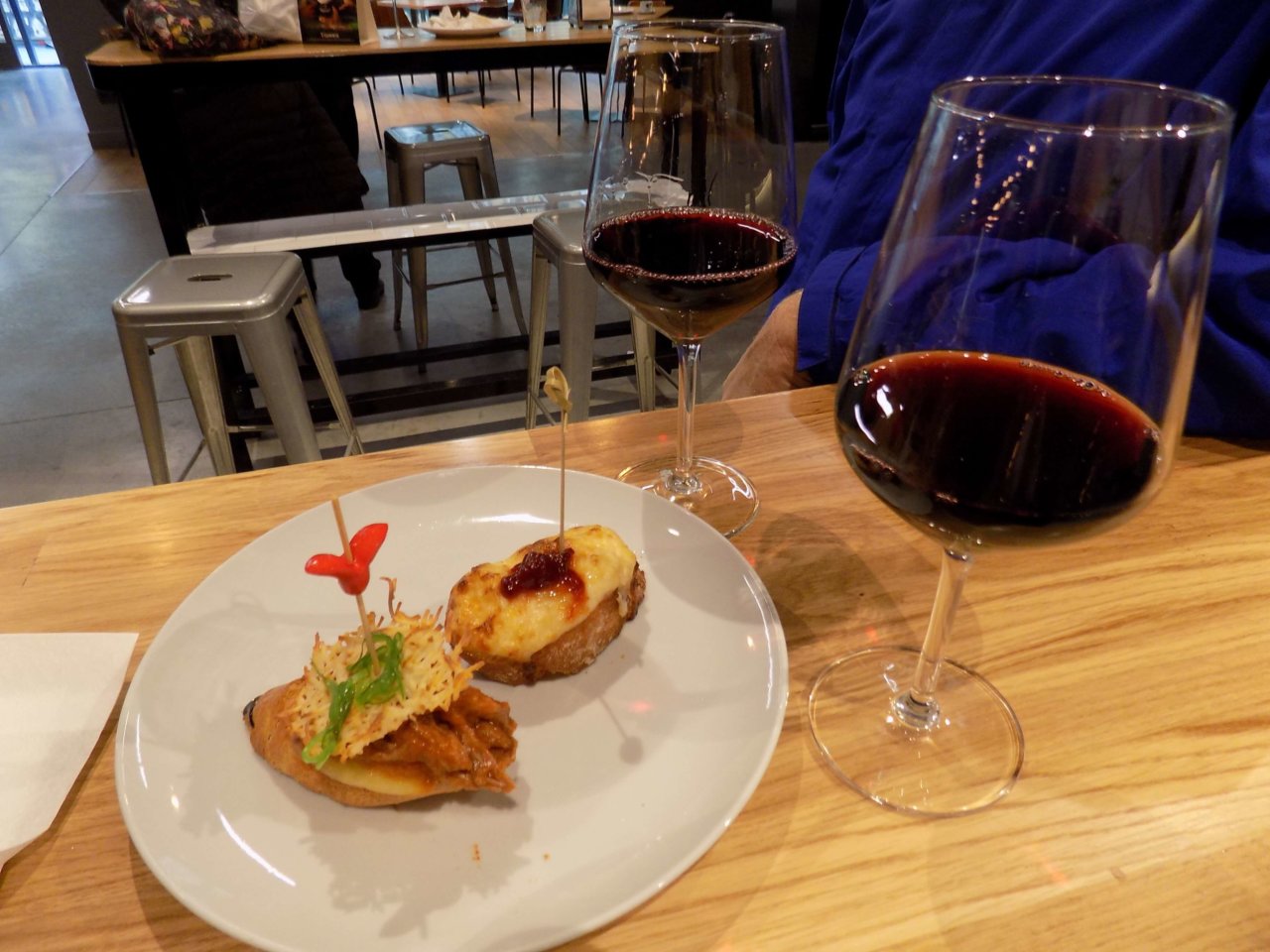
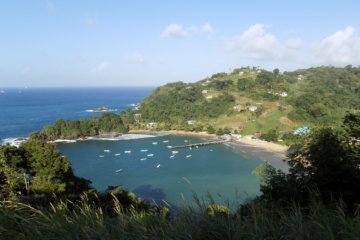







Excellent city guide, I hope to visit it after the border is open.